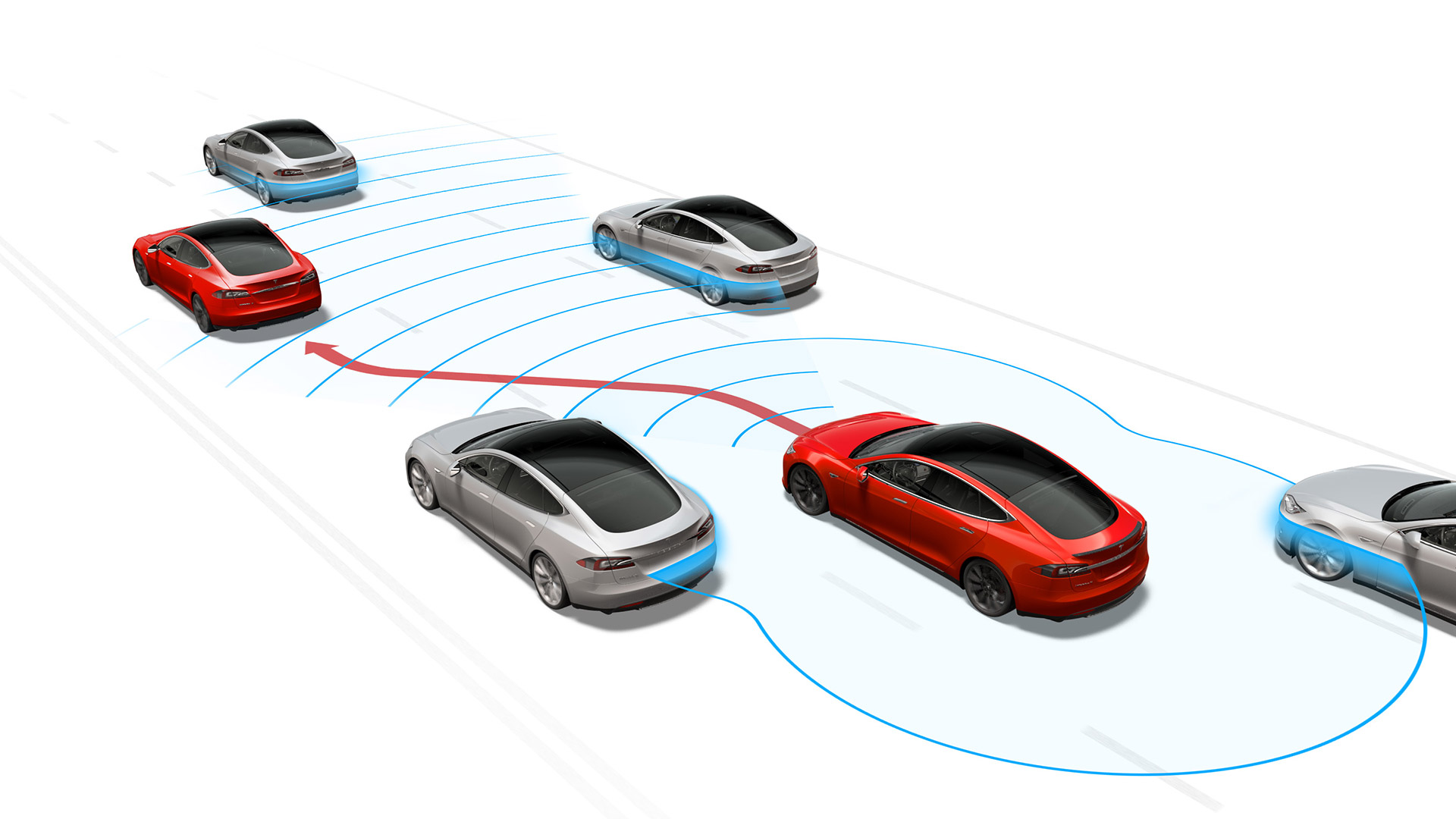

We may earn revenue from the products available on this page and participate in affiliate programs. Learn more ›
It’s no secret that Tesla CEO Elon Musk sees the automaker’s Autopilot software suite as being the key to its vehicles becoming an “appreciating asset.” Late Sunday night, Musk took to Twitter—despite declaring that he had previously deleted his account—and replied to a question asking if consumers had “limited time left to buy a Tesla car”.
The answer may be slightly more complicated than originally thought. Initially, Musk replied with a simple “Yes” but later clarified to avoid confusion and speculation.
Musk appears to be stating that Tesla will dramatically increase the prices for its vehicles once it works out Autopilot’s Full Self-Driving functionality. But it’s not the future convenience factor of expecting to be able to just hop into a Tesla-branded vehicle and be driven to your destination that will drive up the price—instead, it’s the vision that Tesla’s vehicles will be able to earn passive income for their respective owners.
At the heart of the matter is Tesla’s advantageous goal of enabling its fleet of vehicles to become fully autonomous robotaxis at the press of a button. Musk believes that this alone will create a worth “several times more valuable” than a vehicle without autonomous capabilities.
While current owners seem to be pleased with the news, others worry that this will price Tesla vehicles out of their purchasing brackets, especially those who do not intend to operate their cars on the future “Tesla Network.” Musk has also previously recognized that there is an affordability problem with Tesla’s vehicles, which raises an eyebrow of concern over justifying a price increase based on one of Tesla’s most sought-after capabilities: its software.
“[I]t’s important to appreciate that the demand for Model 3 is insanely high. The inhibitor is affordability,” said Musk during Tesla’s 2018 fourth quarter earnings call. “It’s just like people literally don’t have the money to buy the car. It’s got nothing to do with desire. They just don’t have enough money in their bank account. If the car can be made more affordable, the demand is extraordinary.”
For Tesla, a fleet of one million autonomous taxis on the road by the end of next year is a big deal; it means that the automaker plans to mature its current semi-autonomous software suite into one with full-fledged autonomous capabilities in a very short amount of time. Should it succeed and launch the Tesla Network at the same time, the automaker opens yet another avenue of revenue that could perhaps rival other ridesharing services like Lyft and Uber.

